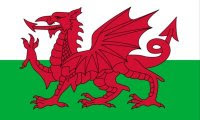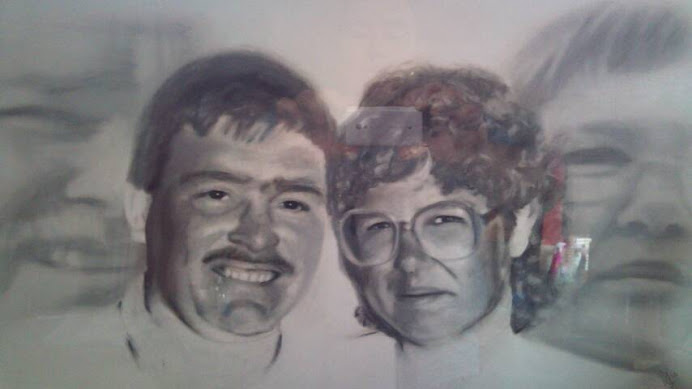The puzzle consists of an awful lot of snowmen in various poses and with or without various adornments; along with one solitary panda. The task is to find the Panda.
But of course the human brain fills in the gaps, so to a varying degree (that is the time taken by different people to find the single Panda), the brain makes the onlooker see only snowmen.
This is worth remembering as an artist, as colours and patterns can be made up that the brain interprets as a single block of colour or primarily as a shading (or tone) of a single block of colour. This idea works well with pastels, as the pastelist can hatch over two colours to create a third colour that the human eye interprets as a single effect, when in fact it's simply hatching. The concept is not restricted to colour, it also applies to lines and shapes. These lines or shapes can be formed or extended as broken edges. This works with 'wet in wet' and 'wet to wet' techniques using watercolours. These 'lost and found edges' will form a building or a corner edge of a building when no straight line has been run the whole length of that part of the painting.
Of course there is a lot more that an artist can do with this 'making good' interpretation that is subconsciously achieved by the human brain. This could be the forming of a 'black' colour by using several other darkening colours, that the brain picks up as shading and shadow, but the lovely colours used to form the dark area also become visible on further scrutiny by the observer. The artist can also fool the brain into joining up lines when dealing with perspective, maybe by having detail in a boat in the foreground, some less detail in some boats further back, and then some occasional detail at the rear of the scene. Size, detail, and missing lines, all get formed automatically as we search for that 'Panda'. Happy painting and drawing folks!





